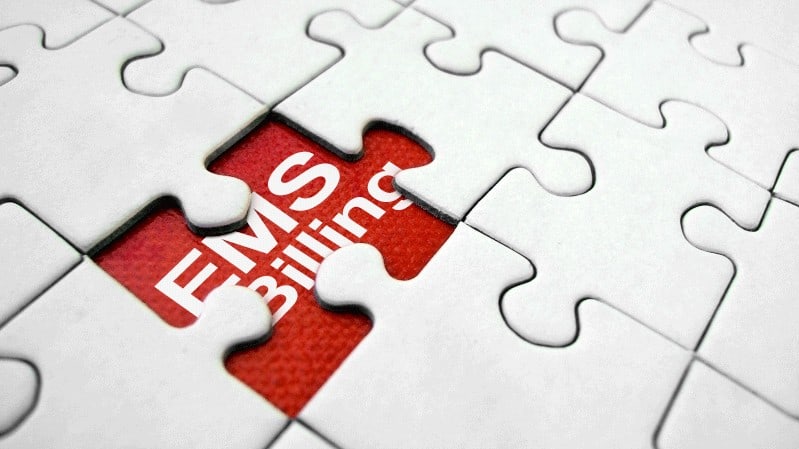Most EMS personnel enter the field because they want to help people so it’s no wonder that they want to focus on patient care. While this is understandable, patient billing is important too. Rather than outsource the entire invoicing and payment process, many EMS agencies choose to work with specialized EMS billing software.
Some EMS billing software can be costly while other brands are quite reasonable. If you’ve never been shopping for EMS billing software before, it can actually get a little confusing. It is not an activity to enter blindly. There are several factors that can affect the cost of EMS software. While some may seem obvious, others are not so much. Lean in, take a deep breath, and let’s talk about the specific elements which can directly impact the cost of EMS billing software.
Software Features
Each type of EMS billing software will come with its own specific features which perform different functions. As with anything, a rise in cost typically correlates to a rise in the number and complexity of the EMS billing software features. Most types of EMS billing software start with a very general and simplified version. It becomes more complex and costly as additional features are added.
Patient data must be securely stored and transmitted for proper care. Demographics and insurance coverage must be verified and analyzed in the background as the patient is being treated and transported. EMS billing software with the right type of verification process can actually help increase organizational revenue. In addition to an optimal verification process, EMS billing software should have direct access to private insurance and Medicare payment schedules.
Efficient Workflow
One of the most important aspects of your EMS billing software is the workflow system. EMS personnel should be able to enter all relevant and necessary information quickly and securely, many times while on the go or amidst a high-stress situation. It is absolutely vital that the EMS billing software you choose offers an efficient workflow process. This means that someone took the time to ask questions, do research, and conduct plenty of field testing.
While we’d like to think that this is just normal protocol, it, unfortunately, is not. Manufacturers and developers must invest in their products before they can sell high-quality EMS billing software. While many do this, some cut corners to boost profits and it isn’t always apparent until the product is in the field. An efficient workflow system will directly impact the cost of your EMS billing software.
Autonomous Updating
Technology moves fast and EMS billing software is no exception. Ongoing updates are necessary to ensure your EMS software is running the latest version and offering the most updated information. From payment schedules to patient data, autonomous updating is absolutely essential to ensure your team isn’t working with outdated records.
Procedural codes change and processes improve. Ideally, your organization can choose which processes update autonomously. Of course, the higher the number the more costly the EMS billing software. Autonomous updating means fewer errors and more claims paid. Autonomous updating means team members don’t have to waste valuable resources updating the system themselves. If they are constantly working with the most up-to-date version of their EMS billing software, fewer claims will go to collections and patient satisfaction rates will go up. While this certainly isn’t free, it is definitely worth it.
Medicare and Insurance Management
Medicare and insurance management procedures most certainly impact the cost of EMS billing software. Patient insurance coverage and limits must be verified almost immediately, to identify those who may need a reduced rate or help paying their bill. The Affordable Care Act means that more people than ever have insurance coverage, but it must still be verified during treatment.
Medicare and private insurance both have their own requirements and contracted rates of payment. Their payment schedules and procedural codes change almost constantly. EMS billing software must adequately and correctly track those chances to ensure organizational compliance and claims payment. When EMS billing software doesn’t track those changes, the number of claims rejections increases substantially. Appropriate Medicare and private insurance management directly impact the price of EMS billing software because it is essential to the bottom line.
Update Your EMS Billing Software Today
Your organizational revenue is directly tied to your EMS billing software. Accurate record-keeping and automation help ensure happy patients and a steady stream of income. When it’s time for you to shop for new EMS billing software, remember that complicated is not always better. Look for EMS billing software that has specific features important to your organization and an efficient workflow system. It should also have autonomous updating along with adequate Medicare and private insurance management for faster claims payments. These things will directly impact the cost of your EMS billing software, but they will also make life easier for your EMS personnel while increasing organizational revenue and patient satisfaction ratings.






